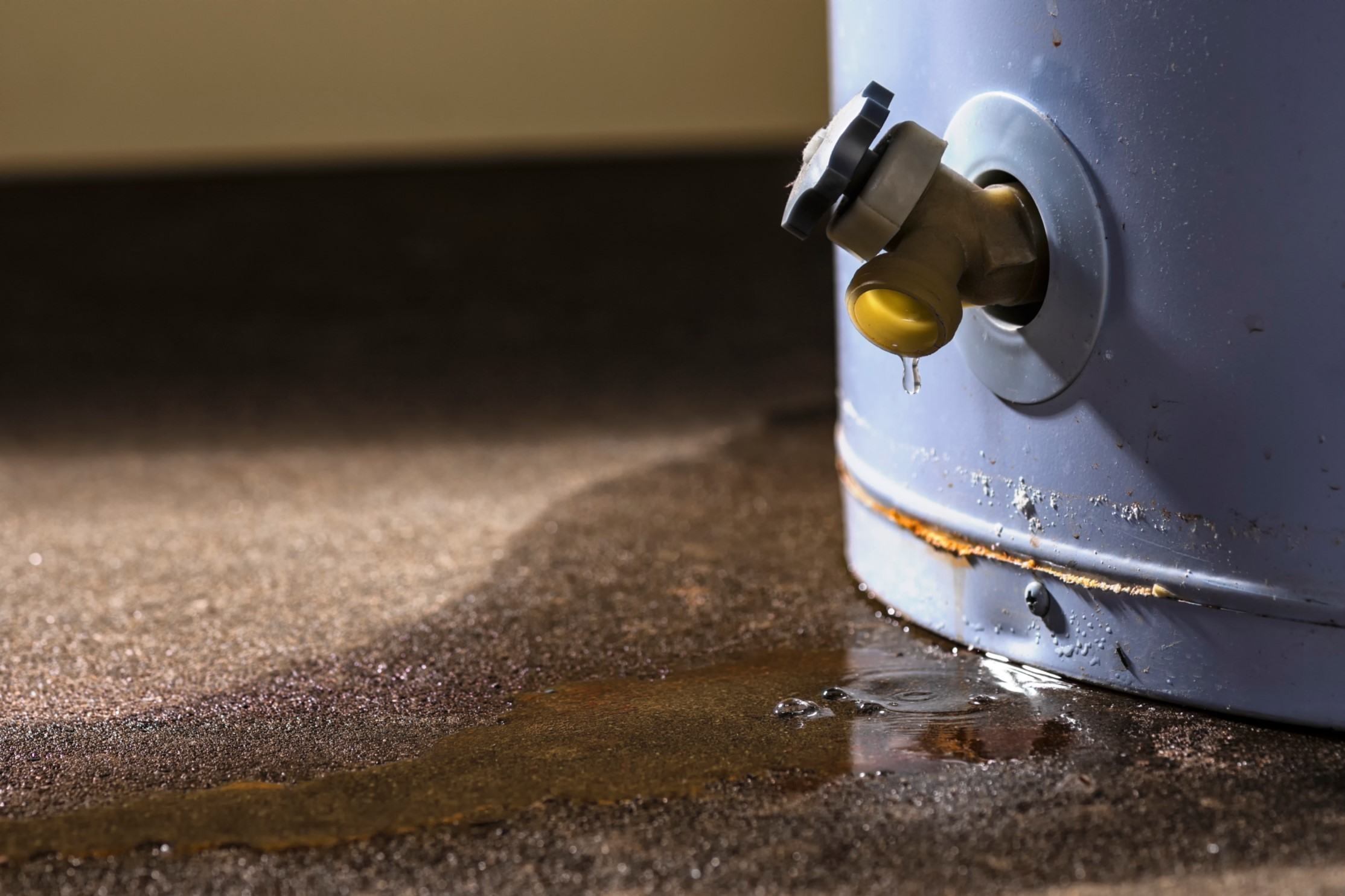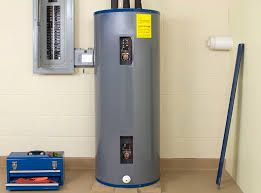How to Care for Your Home's Hot Water System EffectivelyEssential Tips on Maintaining Your Home's Hot Water System
How to Care for Your Home's Hot Water System EffectivelyEssential Tips on Maintaining Your Home's Hot Water System
Blog Article
Just how do you really feel in regards to Tips For Maintaining Your Hot Water Heater?

Hot water is necessary for daily comfort, whether it's for a revitalizing shower or washing meals. To ensure your warm water system runs efficiently and lasts much longer, normal maintenance is crucial. This write-up provides functional ideas and insights on exactly how to maintain your home's hot water system to stay clear of disruptions and expensive repair services.
Introduction
Maintaining your home's warm water system could seem complicated, yet with a couple of easy actions, you can guarantee it operates smoothly for many years to find. This overview covers everything from understanding your warm water system to do it yourself upkeep tips and understanding when to employ specialist help.
Significance of Preserving Your Warm Water System
Normal maintenance not only prolongs the life-span of your warm water system but also ensures it runs successfully. Disregarding maintenance can result in reduced effectiveness, greater power costs, and also early failure of the system.
Signs Your Hot Water System Requirements Maintenance
Understanding when your warm water system requires focus can protect against significant issues. Look out for signs such as inconsistent water temperature, unusual noises from the heating unit, or rustic water.
Comprehending Your Hot Water System
Before diving into maintenance tasks, it's valuable to understand the basic components of your hot water system. Typically, this consists of the hot water heater itself, pipelines, anode poles, and temperature level controls.
Month-to-month Upkeep Tasks
Routine regular monthly checks can assist catch minor issues before they escalate.
Purging the Water Heater
Flushing your water heater removes debris build-up, boosting performance and extending its life.
Checking and Replacing Anode Rods
Anode rods prevent deterioration inside the container. Checking and replacing them when worn out is critical.
Evaluating and Readjusting Temperature Setups
Readjusting the temperature settings ensures optimum efficiency and security.
DIY Tips for Maintenance
You can execute a number of maintenance tasks on your own to maintain your hot water system in leading problem.
Checking for Leakages
Consistently check pipes and links for leaks, as these can lead to water damages and higher bills.
Examining Stress Relief Valves
Examining the stress relief valve guarantees it works correctly and protects against extreme stress accumulation.
Insulating Pipelines
Protecting hot water pipelines decreases warmth loss and can save energy.
When to Call a Specialist
While DIY upkeep is helpful, some issues call for expert expertise.
Complicated Concerns Calling For Expert Aid
Examples consist of major leakages, electrical troubles, or if your water heater is continually underperforming.
Routine Expert Upkeep Advantages
Specialist maintenance can consist of extensive assessments, tune-ups, and guaranteeing conformity with safety criteria.
Conclusion
Routine upkeep of your home's hot water system is crucial for effectiveness, long life, and cost financial savings. By following these suggestions and recognizing when to seek expert help, you can guarantee a trustworthy supply of hot water without unforeseen disturbances.
How to Maintain an Instant Hot Water Heater
Before tinkering with your hot water heater, make sure that it’s not powered on. You also have to turn off the main circuit breaker and shut off the main gas line to prevent accidents. Also turn off the water valves connected to your unit to prevent water from flowing into and out of the appliance. 2. When you’re done, you have to detach the purge valves’ caps. These look like the letter “T” and are situated on either side of the water valves. Doing so will release any pressure that has accumulated inside the valves while at the same time avoid hot water from shooting out and burning your skin. 3. When the purge valves’ caps are removed, you have to connect your hosing lines to the valves. Your unit should have come with three hoses but if it didn’t, you can purchase these things from any hardware or home repair shops. You can also get them from retail stores that sell water heating systems. Read the user’s manual and follow it to complete this task properly. When the hosing lines are connected, open the purge port’s valves. 4. You should never use harsh chemical cleaners or solutions when cleaning your unit. Make use of white vinegar instead. It should be undiluted and you’ll probably use about 2 gallons. 5. Now flush your water heater. This task should probably take about 40 minutes. We can’t give you specific directions for this because the procedure is carried out depending on the type, model and brand of your heater. With that being said, refer to the user’s manual. 6. When you’re done draining the unit, you have to turn off the purge port valves again. Remove the hosing lines that you earlier installed on each of the water valves. Put the valve caps (purge port) back in their respective places and be very careful so as not to damage the rubber discs that are found inside these caps. 7. Now that everything’s back in place, check your user’s manual again to find out how to reactivate your water heating system. 8. Once it is working, turn one of your hot water faucets on just to let air pass through the heater’s water supply pipes. Leave the tap on until water flows smoothly out of it. https://www.orrplumbing.com/blog/2014/september/how-to-maintain-an-instant-hot-water-heater/

I ran across that page about How to Maintain a Hot Water Heater in a Few Simple Steps while surfing the search engines. Do you know about another individual who is excited about the niche? Take a moment to share it. I cherish reading our article about How to Maintain a Hot Water Heater in a Few Simple Steps.
Call Today Report this page